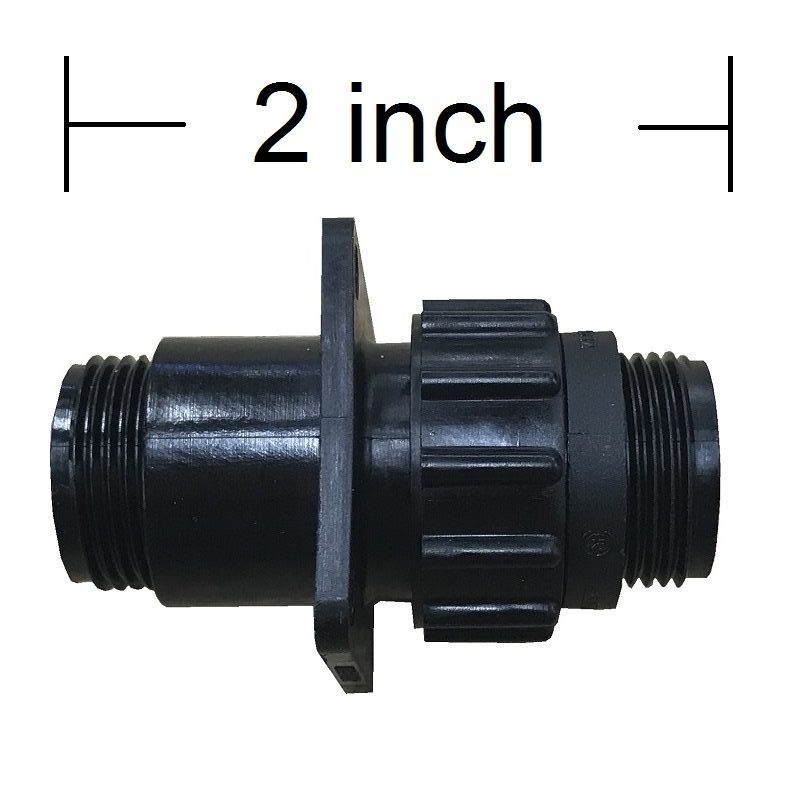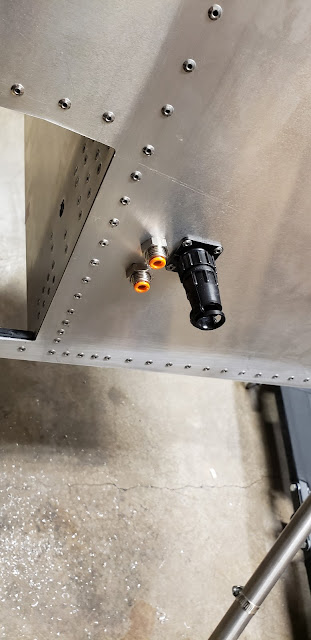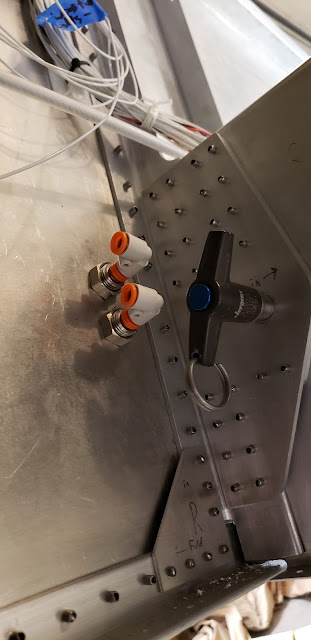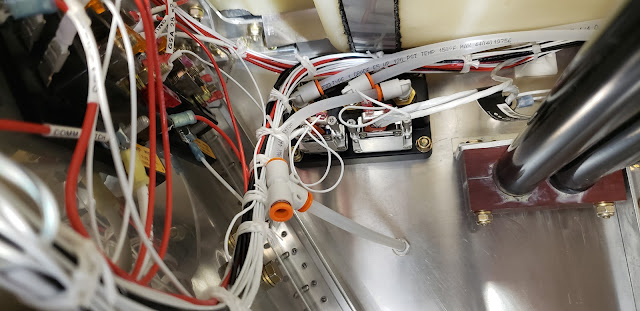1 hour
This is pretty simple, but I'm going to be out of town for a few months and I wanted to get oil into the engine before that. I followed the AeroVee manual instructions to add the proper amount of oil, mark the minimum line on the dipstick, then add more and mark the max line. I used the recommended semi-synthetic oil; they sell it on Amazon for like $90 per 12 quarts.
Finally, I cranked the starter for the first time!! I removed the upper spark plug from each cylinder, gave everything a good looking over, then gave it a spin. The engine spun up pretty quick with the spark plugs removed, and I only cranked it for a few seconds at a time until oil pressure started registering (also to adhere to the starter motor's duty cycle limits).
After a couple short bursts the oil seemed to be pumping. It only took a few cumulative seconds total to see the pressure go up. Here's a video of one of the first cranks, showing the engine spin up to 250 RPM (assuming my tachometer input is set up correctly on the G3X...), and the oil pressure rises to about 14 psi.
Interestingly, you can also see the "IPS LOW VOLT" advisory message pop up on the PFD as soon as the cranking begins. I set this up to replace the LED light that came with the intelligent power stabilizer, and apparently it works! What it indicates is that the IPS is seeing a voltage dip and is doing its job of trying to supply a stable 12v to the avionics in order to keep them running during engine start. You can see the voltage display on the right side of the screen, that shows Voltage #1 (main bus voltage) drop to like 11.2v, and Voltage #2 (the IPS output) managing to provide more like 11.8v. So that all appears to work as intended.
Anyway, I let the starter cool down a bit, recharged the battery, and came back a while later for a few more cranks to see how the oil pressure looked. After three or four total ~10 second cranks, the oil made it to 60+ psi. That actually seems kind of high to me at only 250 rpm, but the oil is sort of cold (60 degrees F), so maybe it's normal. I will investigate further later, but I'm guessing it means the oil pump finally was able to fully prime itself and that's why the pressure jumped from 14 to 60. Here's a video of the last crank I did:
For now, I'm satisfied the engine has some oil in it, and the pump does move the oil around!

















































